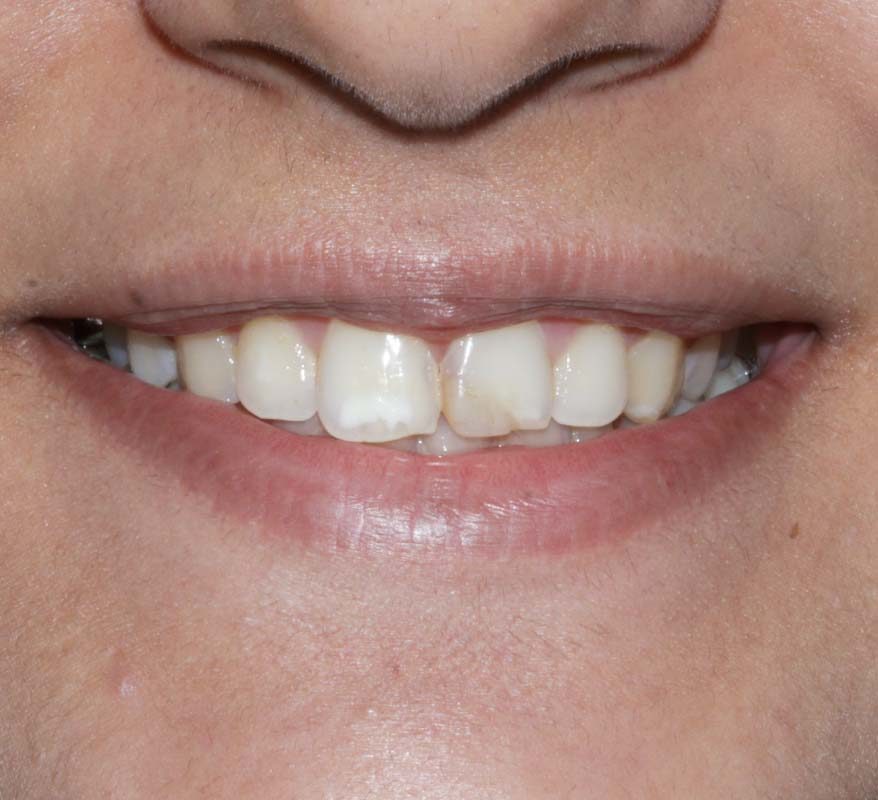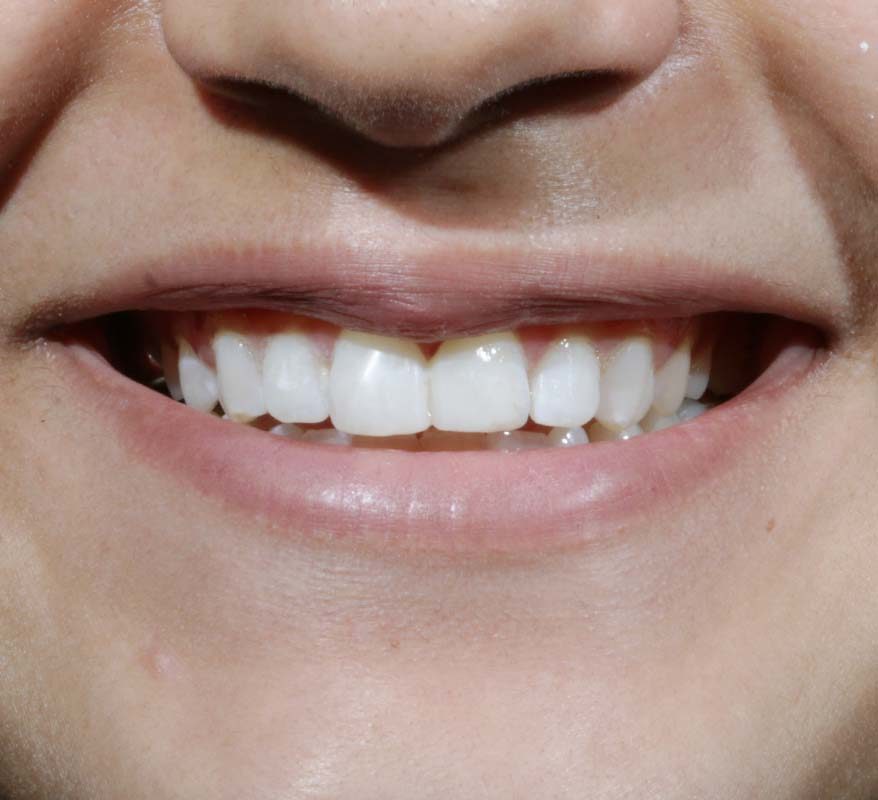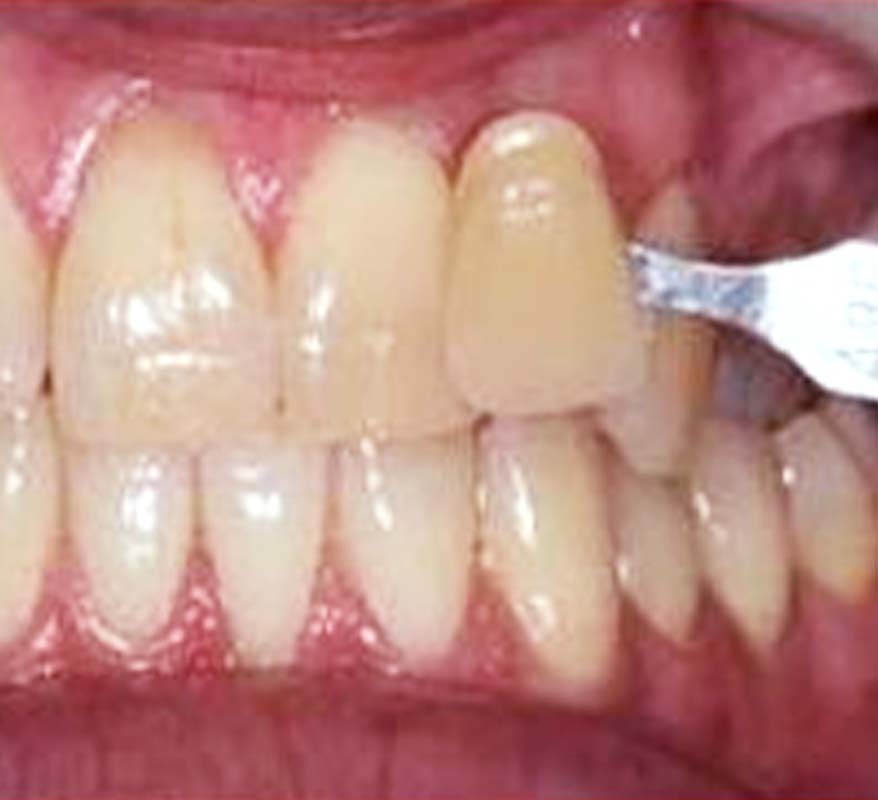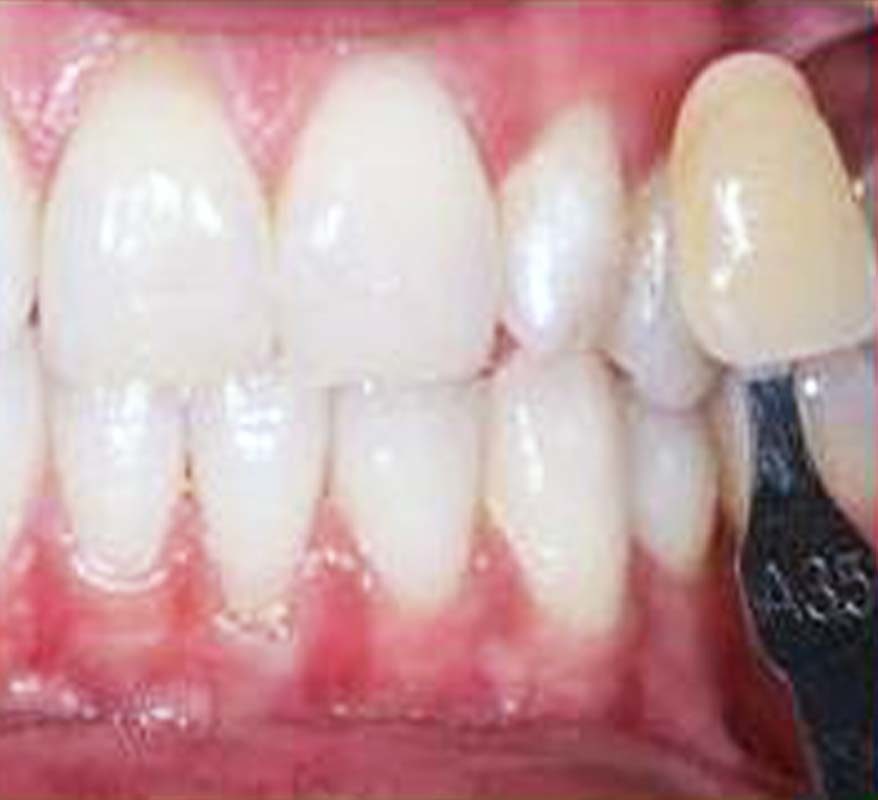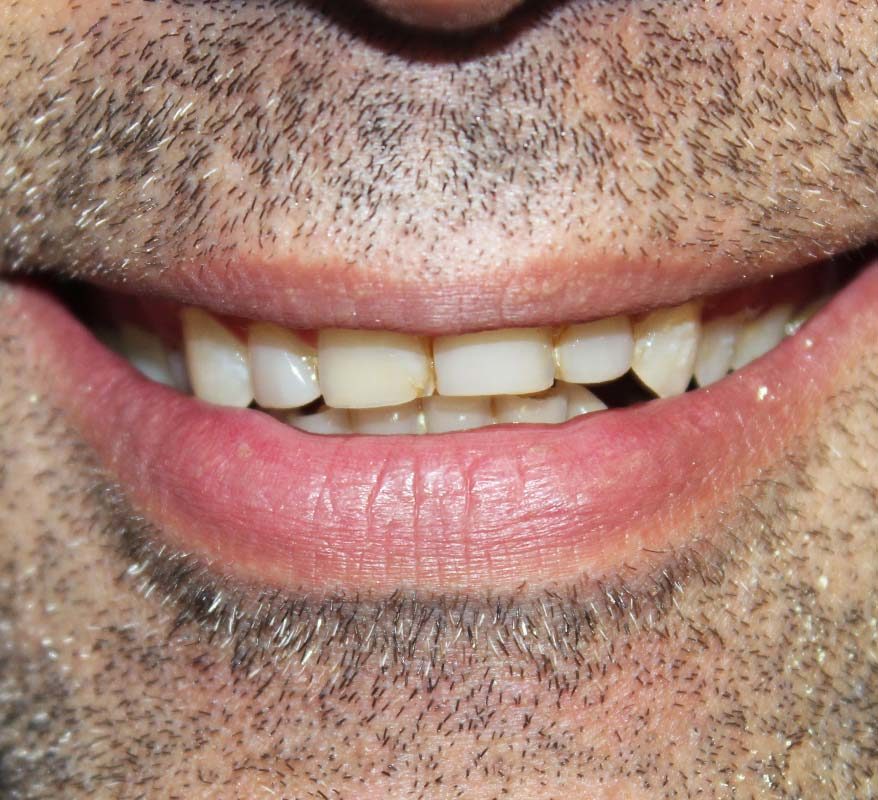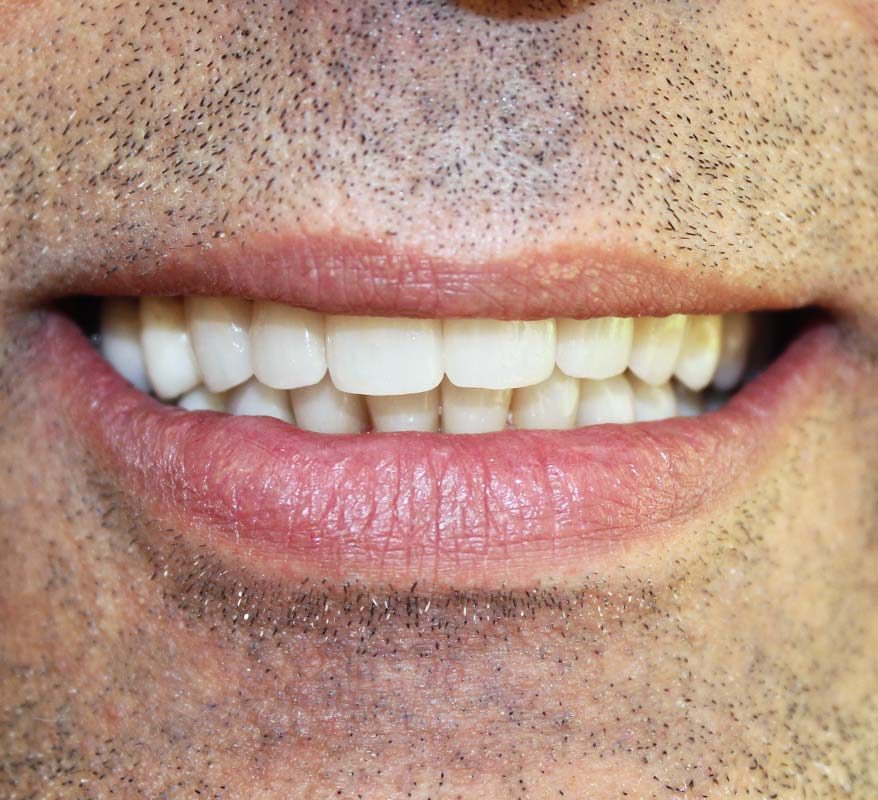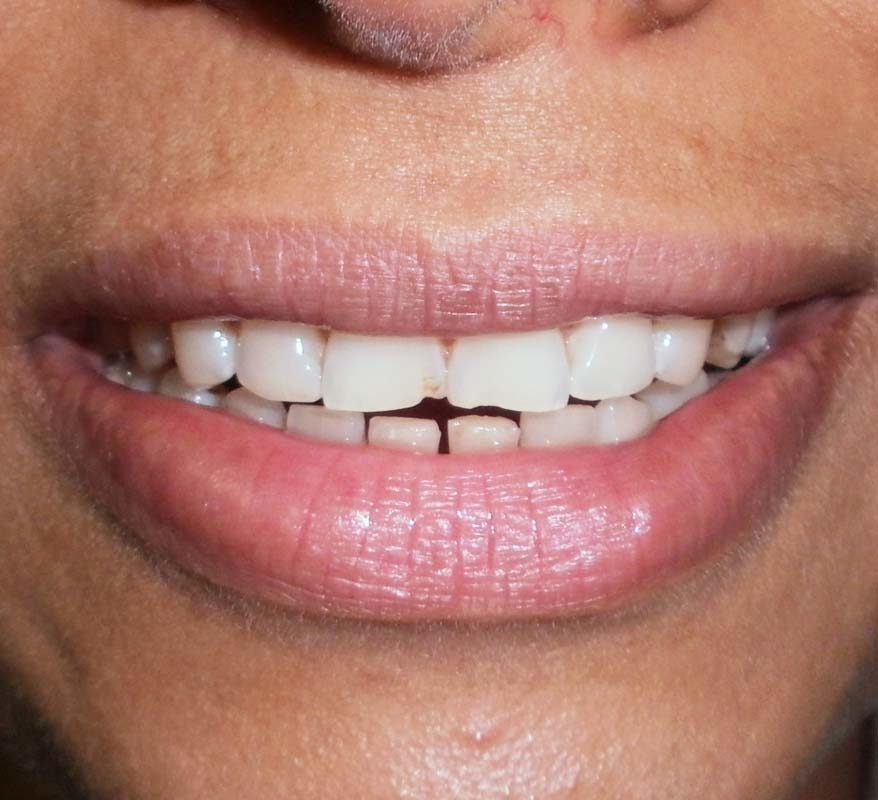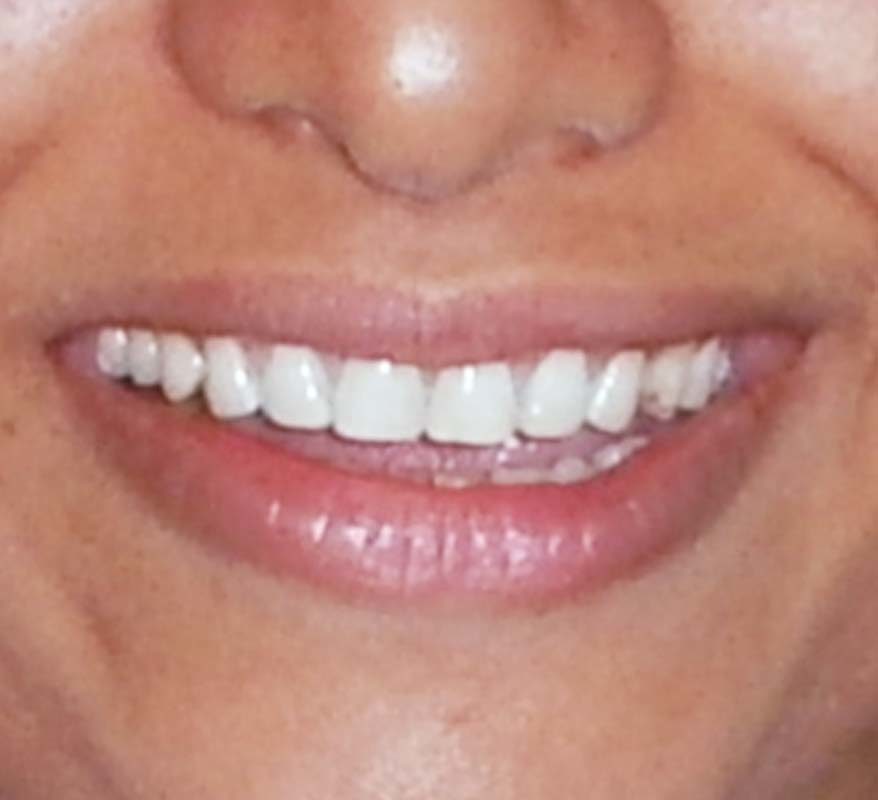Teeth Whitening
Teeth whitening is a popular procedure for whitening the teeth. Permanent teeth vary in color depending on various factors like thickness of enamel, color and thickness of underlying dentine, heredity, and habits like chewing betel leaves or smoking. The discoloration could be because of:
Extrinsic factors: this includes smoking, certain mouthwashes, or other factors. It is generally, though not always limited to superficial layers of enamel. This type of discoloration/ stains can be taken care of by good oral prophylaxis (scaling and polishing).
Intrinsic factors: discoloration is generally not limited to the superficial layers of enamel. It could be rooted deeper in the dentine and can be attributed to deep cracks in the tooth, heredity, deep stains or tetracycline (antibiotic) stains, necrosis of pulp or old discolored fillings. This discoloration becomes an aesthetic/ cosmetic concern; especially in the visible front teeth and patients want better looking ‘whiter’ or ‘lighter’ teeth.
Procedure
Teeth whitening/ bleaching process involves the application of a peroxide-based bleach on the tooth which could be activated by a specific wavelength of light. This light catalyzes the process of bleaching and reduces contact time and chair-side time. Many times in-office bleaching could be combined with a home bleach whereby your dentist will custom-make bleach carrier trays which you could use at home to enhance the effect of bleach further. This process is very popular and safe but it may not be an answer for everyone. Sometimes a combination of teeth whitening and other procedures is required.

